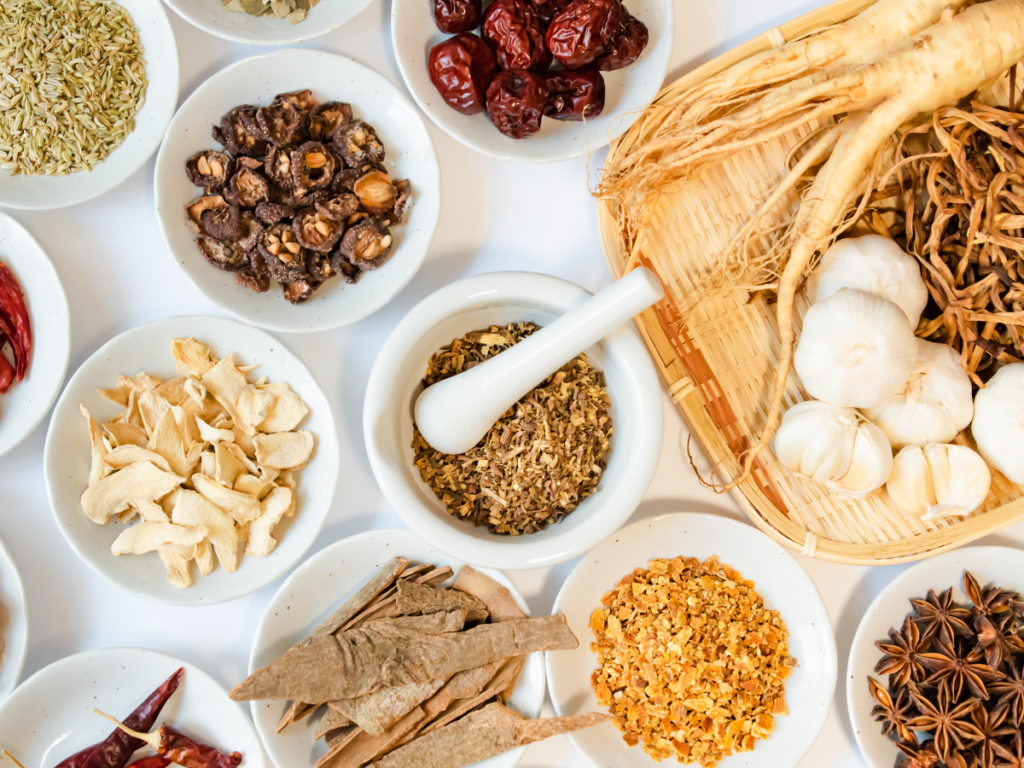
Sipping a chilled herbal cordial as the sun goes down on a warm summer evening has a nostalgic, grounding quality. Be it a backyard bonfire with old friends, a moment of peace alone, or a pretty picnic in the park — herbal cordials provide a floral burst of flavor that feels decadent and medicinal.
For the past year I’ve been developing my own herbal cordial recipes with garden herbs and pantry remnants. These infusions have become my favorite way to ring in summer’s ephemeral episodes — and I’m thrilled to share my essential herbal cordial recipe, with laboratory notes and variations that will conference your kitchen into a miniature apothecary-bar hybrid.
What Is an Herbal Cordial?
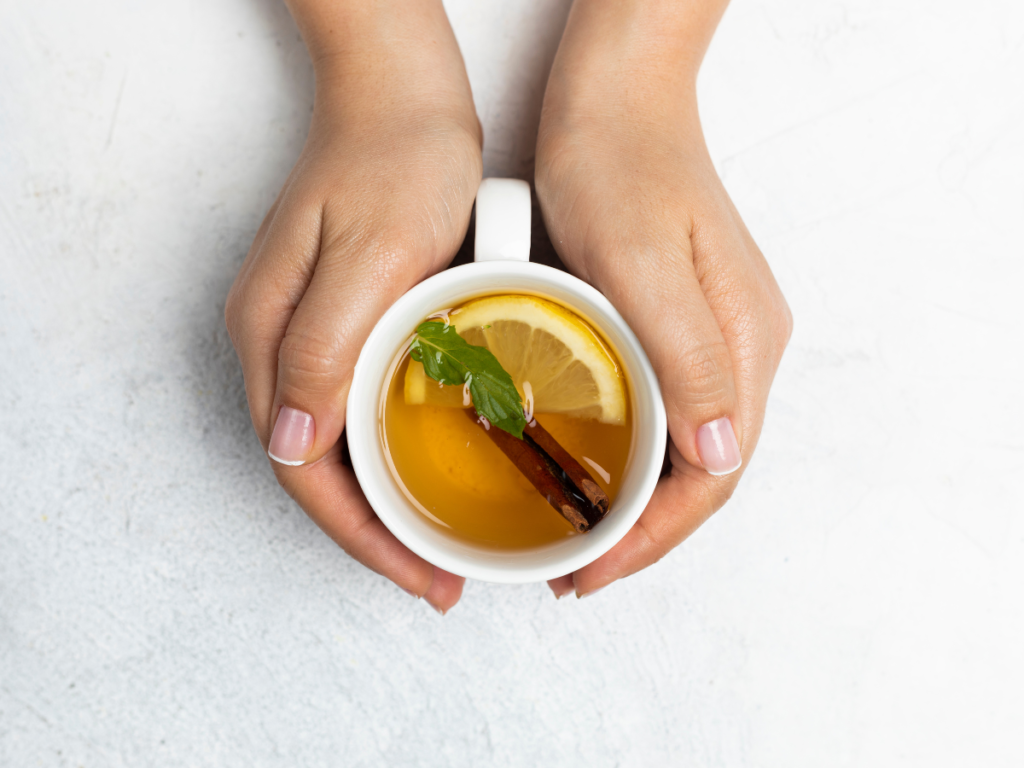
A cordial (also referred to in some areas as a squash or syrup) is a sweet, concentrated herbal and/or fruit infusion coupled with sugar and water. When it comes to herbal cordial, imagine: Herbal syrup plus summer refreshment. Unlike cooked syrups, which can scorch more delicate aromatics, herbal cordials made by way of cold infusion preserve the bright perfume, color and flavor of the materials.
And while some cordials of yore could be alcohol-based or medicinal tinctures, today’s like these are alcohol-free and intended to be mixed with sparkling water, lemonade, iced tea or even used in cocktails and mocktails.
Why Cold-Infused Cordials?
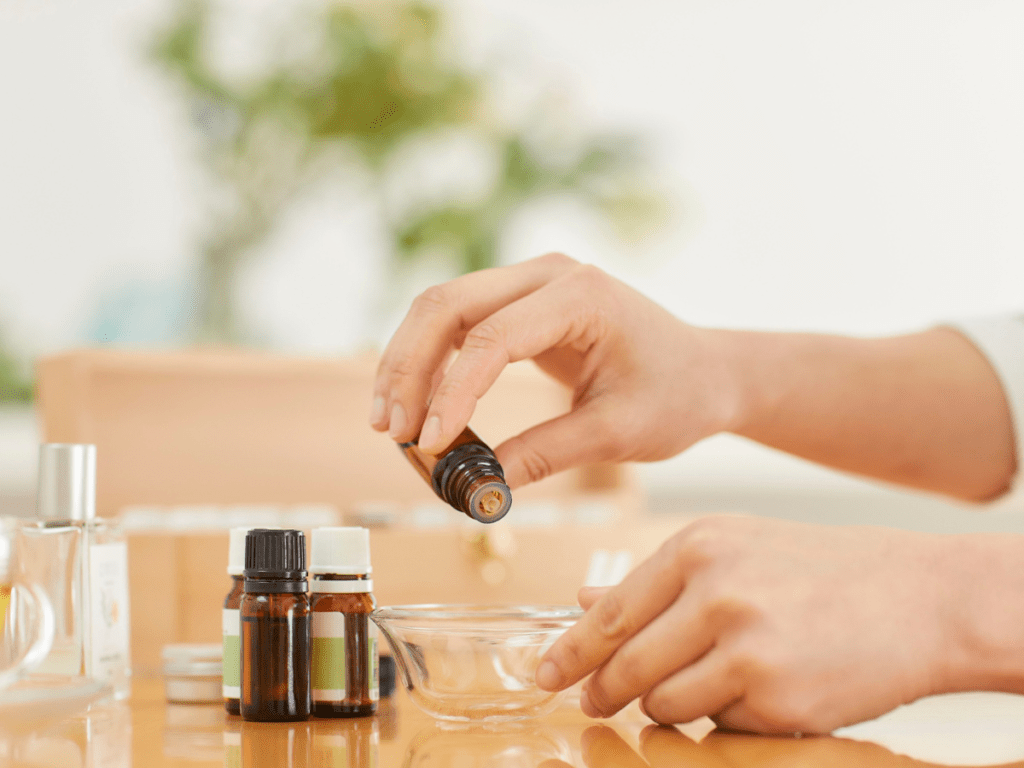
When making traditional syrups, cooks often apply heat, but when it comes to herbs, especially aromatic types such as mint, lemon balm, basil or lavender, heat can kill the volatile oils that give them their emblematic scent and taste. Cold infusion allows these delicate notes to shine. Sugar works to break down the plant cell walls as it draws out moisture, and a splash of water finishes the infusion.
This soft touch protects not just the taste, but the magic.
The Base Herbal Cordial Recipe
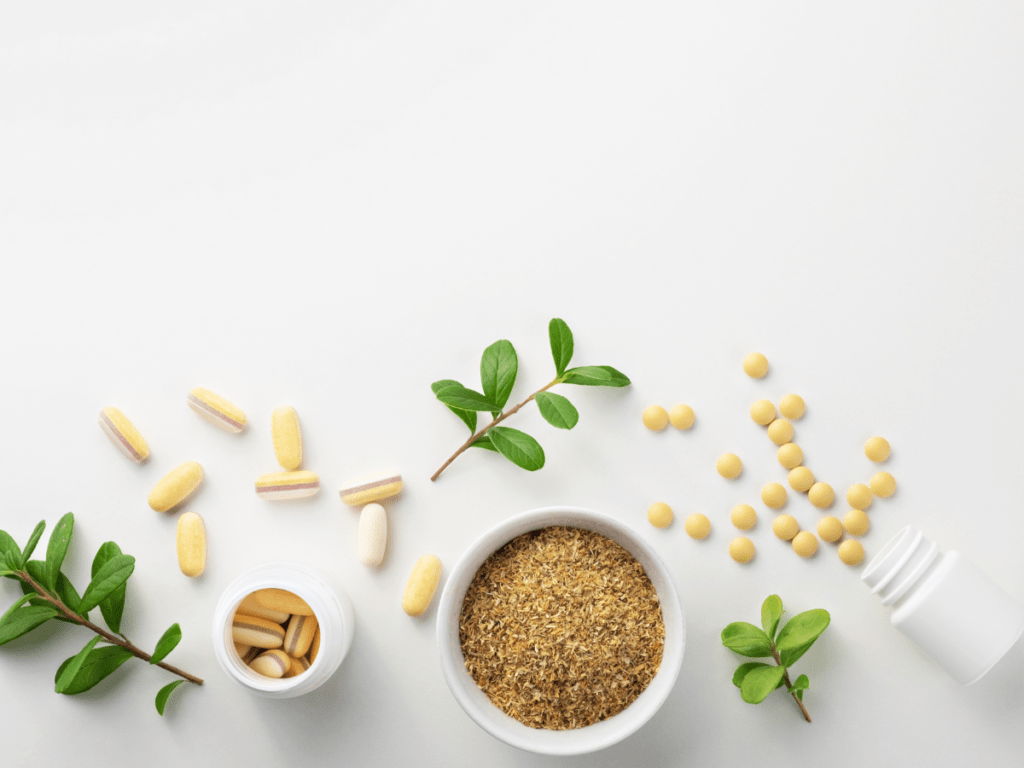
This basic herbal cordial recipe is infinitely adaptable. Consider it your jumping-off point for your own seasonal or garden-grown variants.
Simple Herbal Cordial Recipe
Ingredients:
1 cup organic cane sugar
1 cup fresh or dried herbs (or a combination — see combos below)
1 cup cold water
¼ teaspoon citric acid (optional, for preservation)
Instructions:
Combine the sugar and the herbs in a large mixing bowl. Gently muddle with a wooden spoon or the tip of a rolling pin to release oils and moisture.
Add cold water and stir until sugar dissolves. The resulting mixture will start to resemble a thick, aromatic slurry.
Tightly cover and refrigerate for 12–24 hours.
Strain through a fine mesh sieve or cheesecloth into a clean glass jar or bottle.
If using, add the citric acid, and stir well.
Refrigerate for up to 1 month.
3 Must-Try Variations on Herbal Cordial
These are some of my favorite seasonal adaptations. They’re beautiful, fragrant and easy to stir into any cold drink.
Lavender Lemon Cordial
Floral, soothing and citrusy-bright. A pretty addition to lemonade or sparkling water.
Ingredients:
1 cup cane sugar
Zest and juice of 2 lemons
2 tablespoons culinary lavender, dried
1 cup cold water
¼ tsp citric acid (optional)
Tips: Use organic lemons, and lightly smash lavender buds before adding to release fragrance.
Mint + Lemon Balm Cordial
A sneaky, refreshing herbal infusion — Ideal for iced green tea or mojito-style mocktails.
Ingredients:
1 cup cane sugar
½ cup fresh mint leaves
½ cup fresh lemon balm
Zest and juice of 1 lime
1 cup cold water
¼ tsp citric acid (optional)
Tips: For bonus aroma, add a sprig of mint to your drink glass!
Chamomile Ginger Cordial
Earthy, mellow, with a spicy kick — this one goes beautifully with bourbon or chilled chai.
Ingredients:
1 cup cane sugar
½ cup dried chamomile flowers
2 tablespoons finely grated ginger
1 cup cold water
¼ tsp citric acid (optional)
Tips: Chamomile provides natural calm; ginger warms and invigorates. A perfect balance.
Storing & Preserving Your Cordials
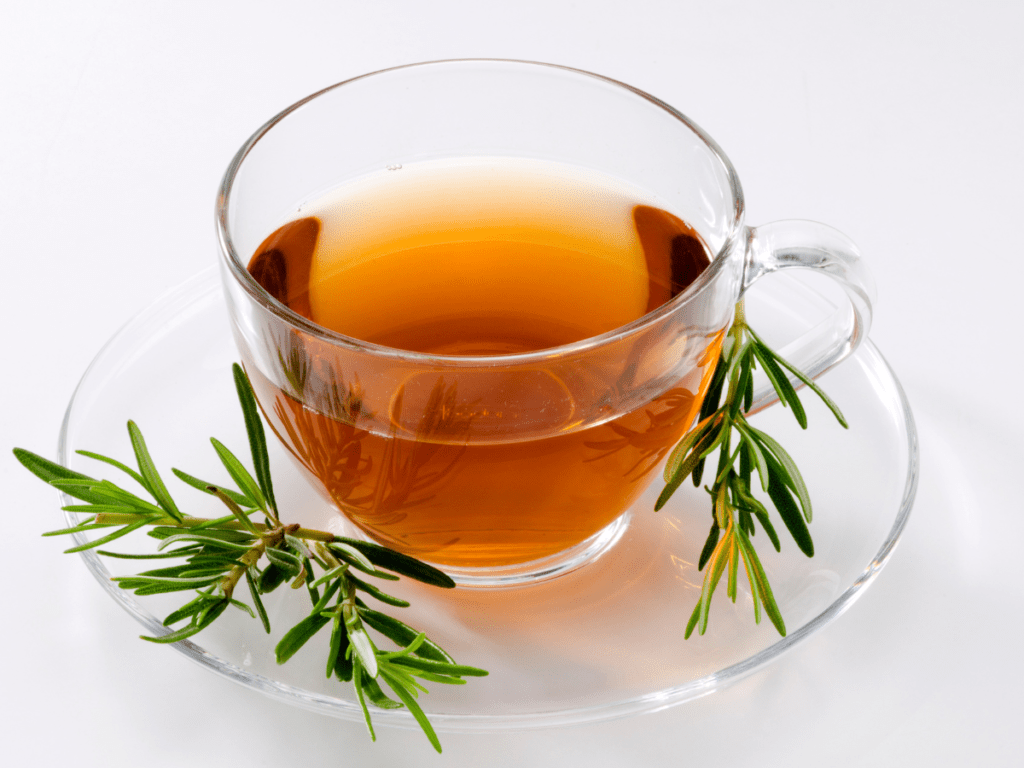
Although cordials are perishable preparations, you can prolong their lifespan by:
Adding citric acid: ¼ tsp per pint of cordial can increase shelf life to 3–4 weeks frozen.
Eating healthy and eating fresh is a relevant and a big practice now a days.
If you’d prefer not to use citric acid, try to consume your cordial within 7 days and store it very well refrigerated.
Events Served: Sip, Mix and Stir
Once you have a jar of herbal cordial stashed in the fridge, the world is your oyster. A few ideas:
Day drinking spritz: 2 oz cordial + 4 oz sparkling water + ice
Summer tea: Brewed and chilled hibiscus, green or black tea.
Herbal lemonade: Mix with fresh lemon juice and water
Cocktails/mocktails: Substitute for simple syrup
Dessert drizzle: Drizzle over vanilla ice cream, pancakes or fruit salad
Frequently Asked Questions (SEO-Optimized)
What is the difference between a syrup and a cordial?
While both are sweetened liquids, a cordial is often cold-infused and more delicate, capturing fresh herbal and fruit flavors without heat. Syrups, on the other hand, are boiled and may have a denser, more caramelized sweetness. Cordials are ideal when you want the volatile oils from herbs to shine.
Can I make an herbal cordial recipe with dried herbs?
Yes! Dried herbs can be used, especially when fresh ones are out of season. However, you’ll need less volume — about 1/3 to 1/2 the amount of fresh herbs, and you’ll want to muddle extra thoroughly to unlock their flavors. Mint, chamomile, and lemon balm work beautifully dried.
Is there alcohol in an herbal cordial?
Not in this version. This is a non-alcoholic herbal cordial recipe, but you can absolutely add alcohol later to craft a botanical liqueur. Add a splash of vodka, gin, or herbal-infused spirits to elevate the cordial into a cocktail base.
What is the difference between a syrup and a cordial?
While both are sweetened liquids, a cordial is often cold-infused and more delicate, capturing fresh herbal and fruit flavors without heat. Syrups, on the other hand, are boiled and may have a denser, more caramelized sweetness. Cordials are ideal when you want the volatile oils from herbs to shine.
Can I make an herbal cordial recipe with dried herbs?
Yes! Dried herbs can be used, especially when fresh ones are out of season. However, you’ll need less volume — about 1/3 to 1/2 the amount of fresh herbs, and you’ll want to muddle extra thoroughly to unlock their flavors. Mint, chamomile, and lemon balm work beautifully dried.
Is there alcohol in an herbal cordial?
Not in this version. This is a non-alcoholic herbal cordial recipe, but you can absolutely add alcohol later to craft a botanical liqueur. Add a splash of vodka, gin, or herbal-infused spirits to elevate the cordial into a cocktail base.
How long does homemade herbal cordial last?
When refrigerated and made with citric acid, herbal cordials can last up to 4 weeks. Without citric acid, aim to use within 7 days. For extended shelf life, consider pasteurizing the cordial or freezing in ice cube trays.
Can I use honey instead of sugar in cordials?
Yes, but with some tweaks. Honey is sweeter and has a stronger flavor than sugar, so it can overpower delicate herbs. Use 2/3 cup of honey for every 1 cup of sugar, and stir it in once the herbs and fruit have released their juice.
Can kids drink herbal cordials?
Absolutely. These herbal cordials are caffeine-free and alcohol-free, making them a fun way to get kids interested in botanical flavors. Just be mindful of herbs like lavender or chamomile if your child has allergies or sensitivities.
Expert Tips for Cordial Mastery
1. Layer Your Herbs Thoughtfully
Don’t just toss in random herbs—consider herbal energetics (cooling vs. warming, calming vs. uplifting). For example:
- Cooling & bright: mint + lime + cucumber
- Calming & floral: chamomile + lemon balm + rose
- Zesty & energizing: ginger + lemongrass + citrus zest
2. Add a Touch of Bitterness
Consider adding small amounts of herbs like lemon peel, dandelion root, or gentian to balance overly sweet profiles and stimulate digestion—especially in aperitif-style drinks.
3. Create a Cordial Flight
Host a summer party with a cordial tasting flight! Offer 3–5 flavors (herbal, fruity, spicy, floral), a bottle of sparkling water, and cute mix-and-match glasses for guests to sample.
4. Use Herbal Ice Cubes
Freeze chopped herbs, edible flowers, or citrus peels in ice trays with your cordial or water to create botanical ice cubes. Adds both beauty and extra flavor as they melt.
5. Make It a Wellness Ritual
Herbal cordials can be part of your self-care routine. Try:
- Lavender + chamomile cordial before bed
- Peppermint + lemon balm after a meal
- Ginger + hibiscus when you’re feeling sluggish
Bonus Herbal Cordial Mocktail Recipes
These drinks are simple but impressive, perfect for guests or everyday sipping.
Sparkling Herbal Garden Punch
- 1 oz lavender lemon cordial
- 8 oz sparkling mineral water
- Garnish: edible flowers + lemon twist
- Serve in a tall glass over ice
Cucumber Mint Cooler
- 1 oz mint + lemon balm cordial
- 2 slices fresh cucumber
- ½ oz fresh lime juice
- Top with sparkling water or ginger beer
- Garnish: cucumber ribbon + mint sprig
Ginger Hibiscus Refresher
- 1 oz chamomile ginger cordial
- 4 oz iced hibiscus tea
- Splash of orange juice
- Shake and serve over ice with orange wheel
Final Thoughts
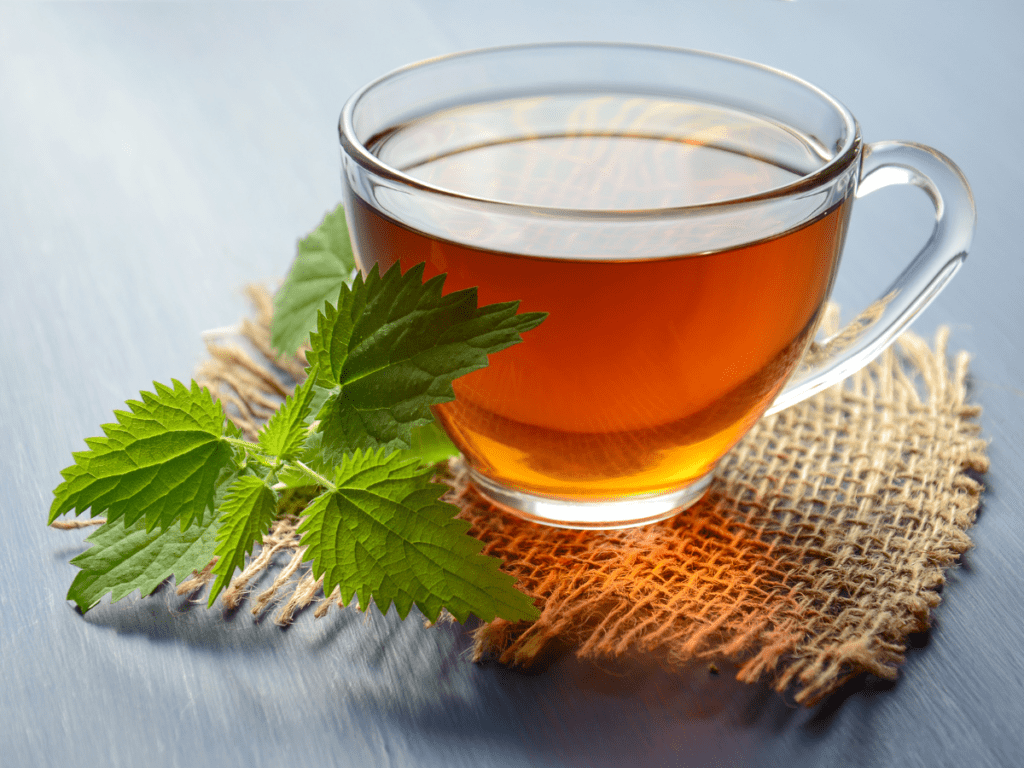
Creating your own herbal cordial recipe is a chance to connect — with plants, with the seasons and with your senses. Simple process, delightful result, endless possibilities.
Whether you’re a skilled herbalist or just a person who enjoys a home-brewed refreshing beverage, these cordials put a punch of nature in your glass. Use what is growing around you, play with flavor pairings, and most of all — have fun with it.
So next time the sun is high and your friends are close invite them to raise a glass to summer, simplicity and the art of making a botanical beverage and reach for your homemade herbal cordial. 🌿











